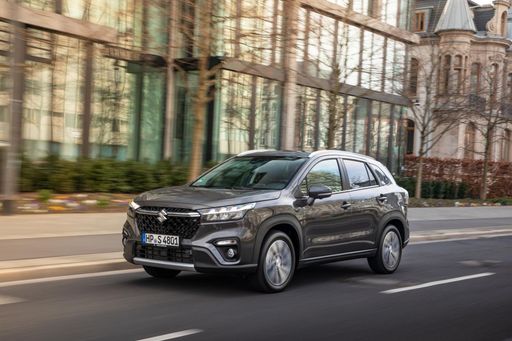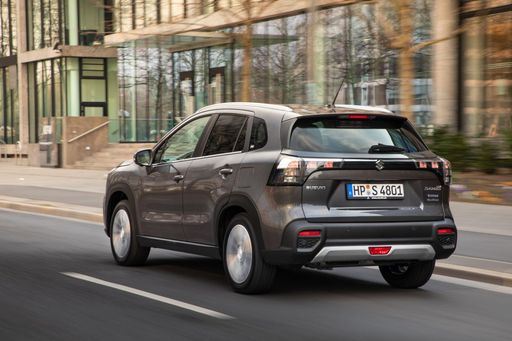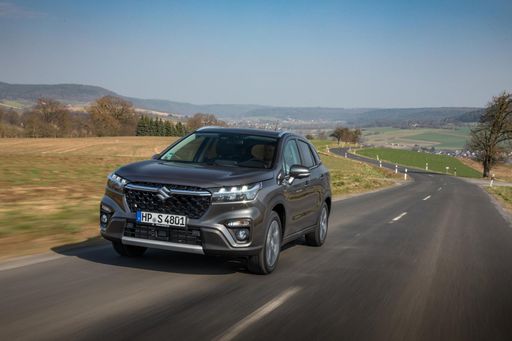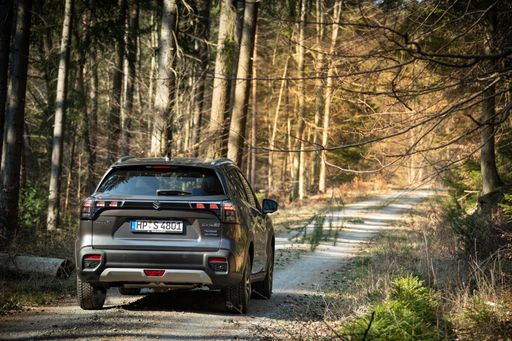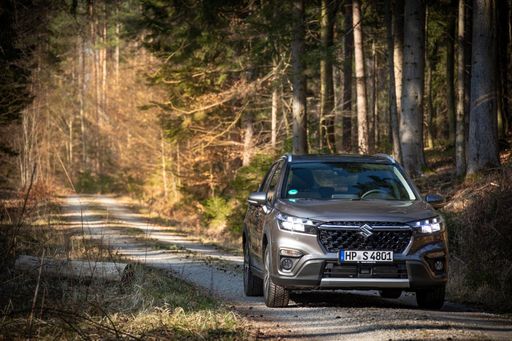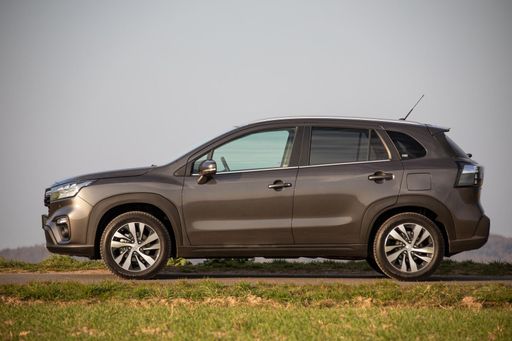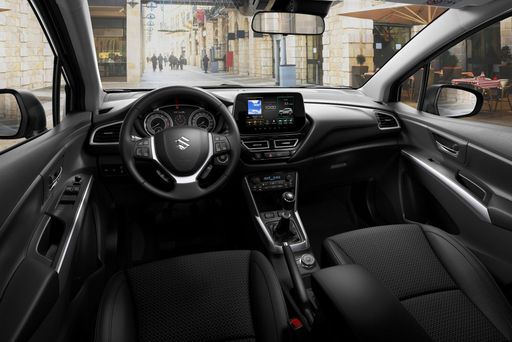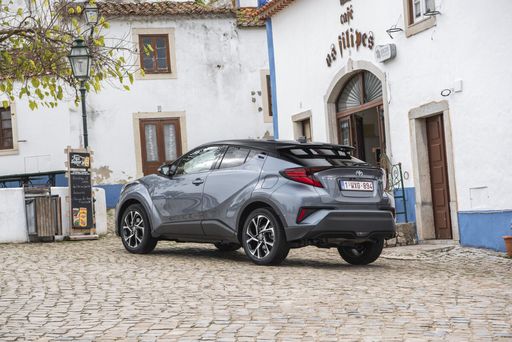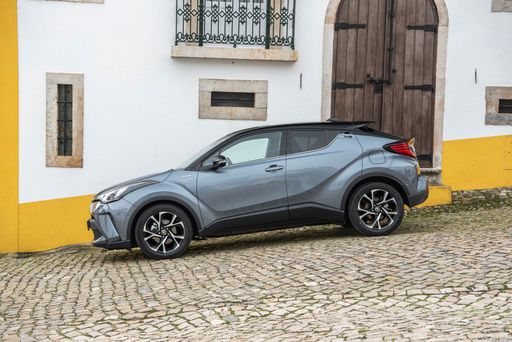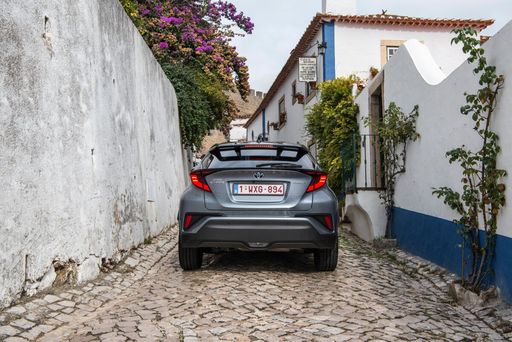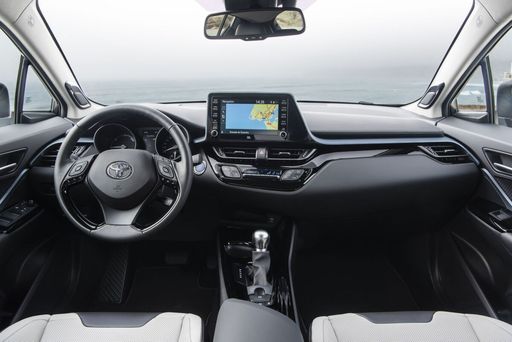Suzuki S-Cross vs. Toyota C-HR: The Battle of the Compact SUVs
The compact SUV segment is buzzing with competition, and two models that frequently spark debates among enthusiasts are the Suzuki S-Cross and the Toyota C-HR. Both vehicles bring their distinctive flair and innovative technology to the table, but which one suits your needs? Let's dive into the details of what these SUVs offer for the model year 2024.


